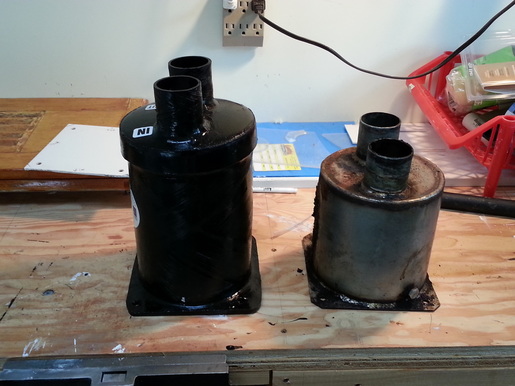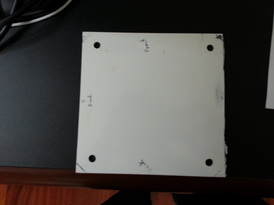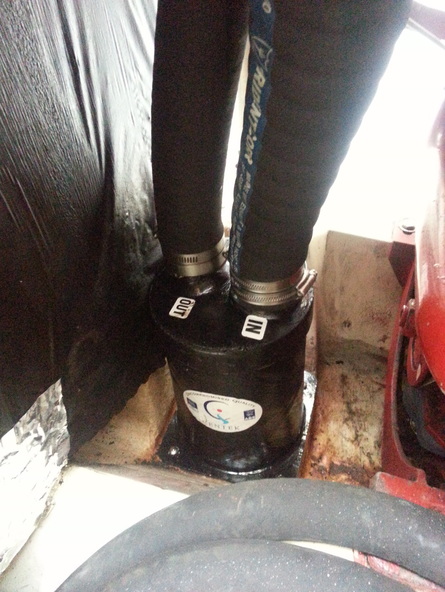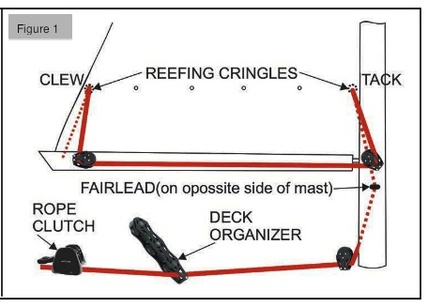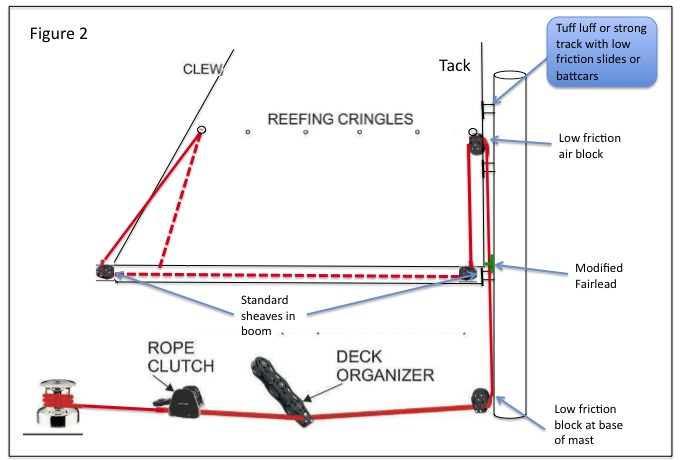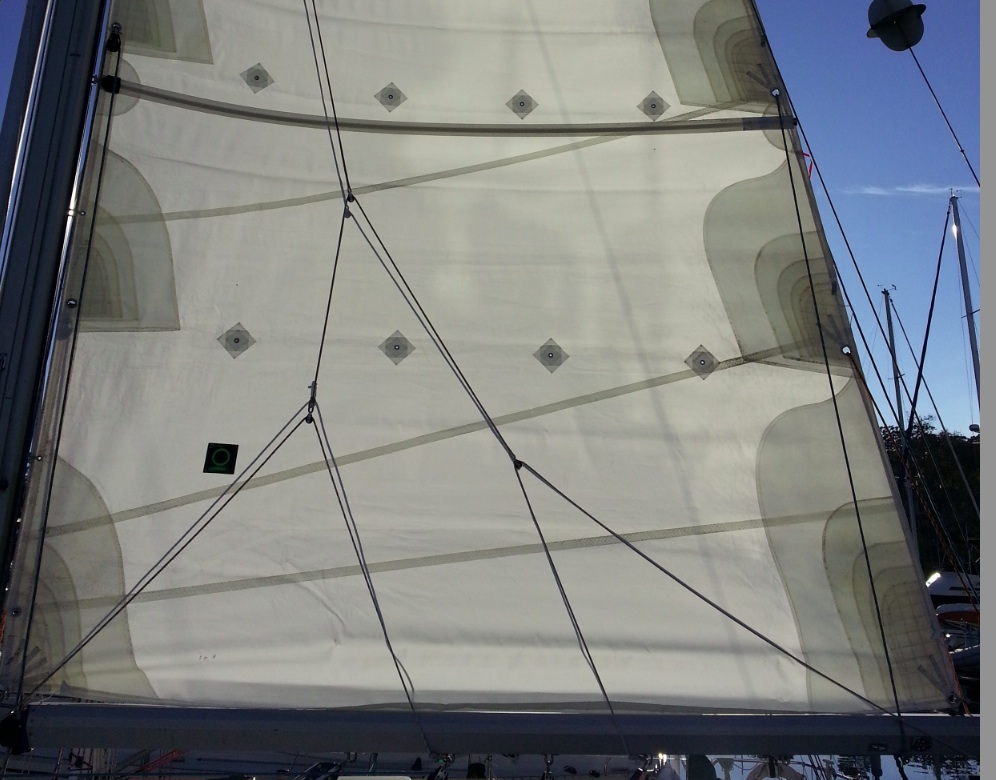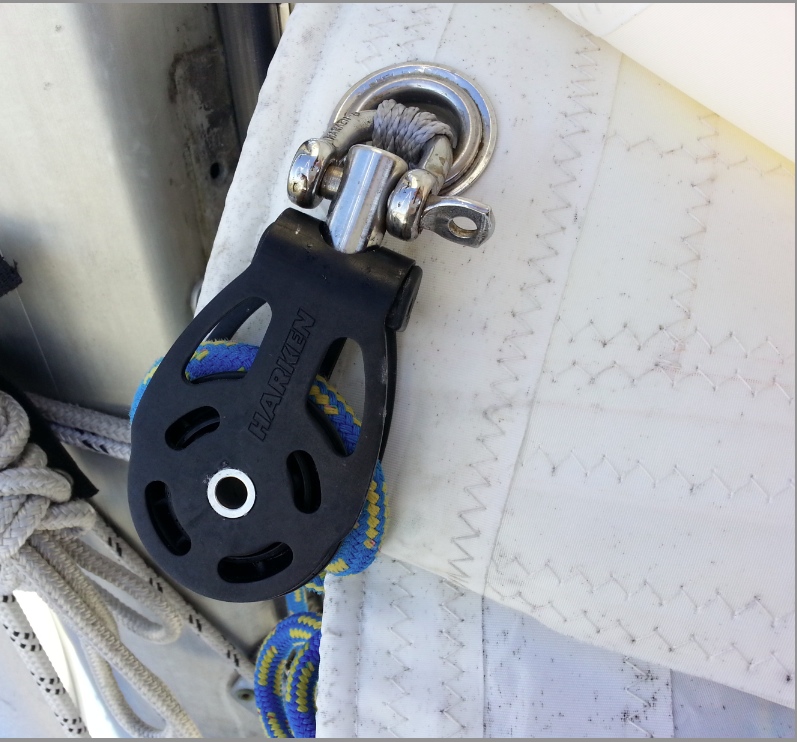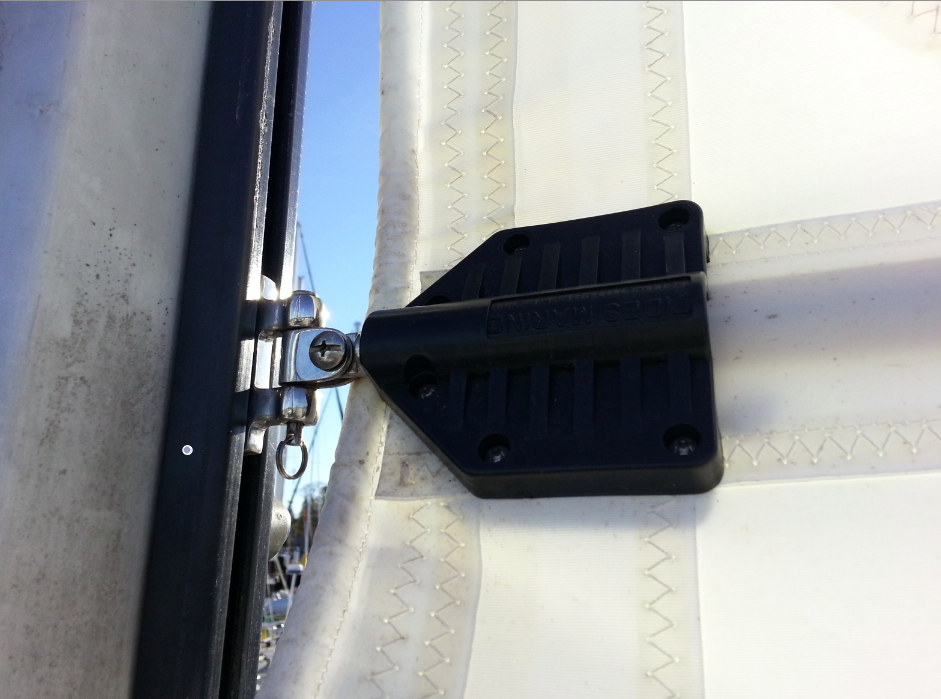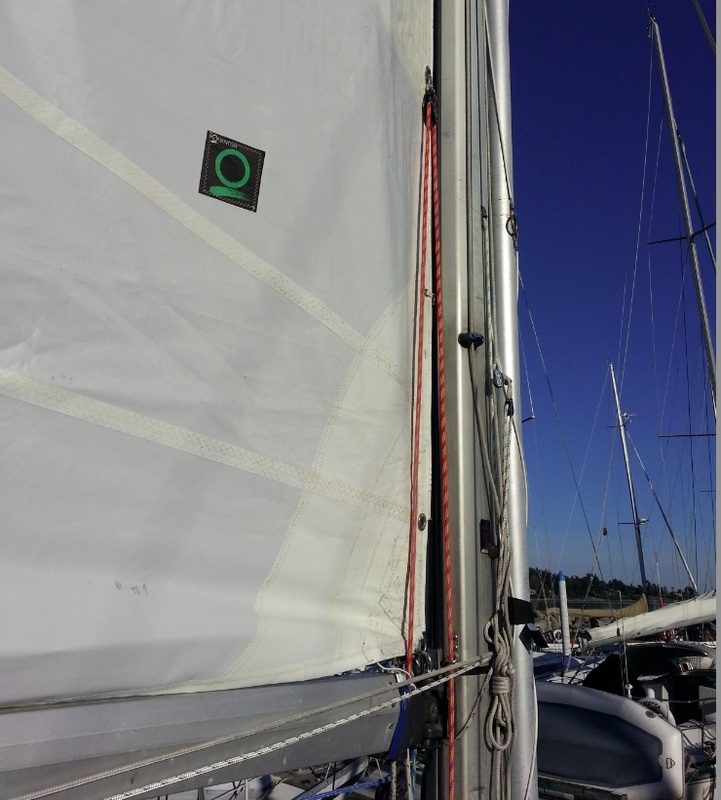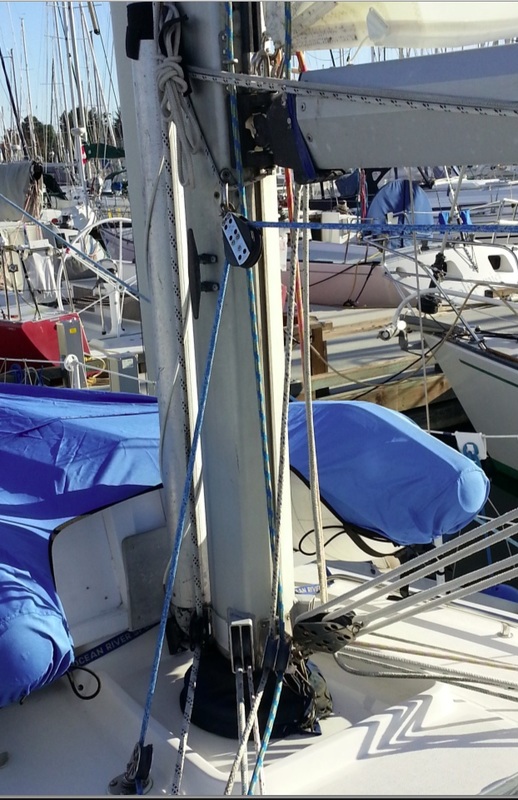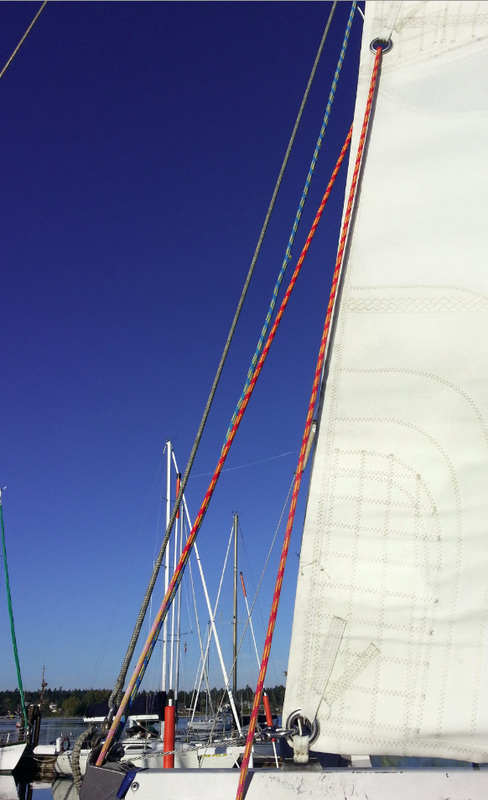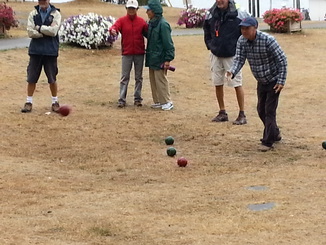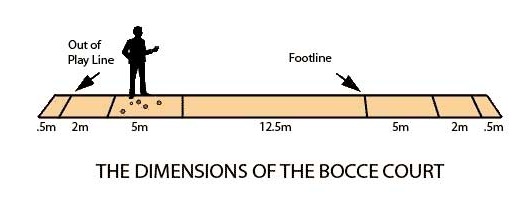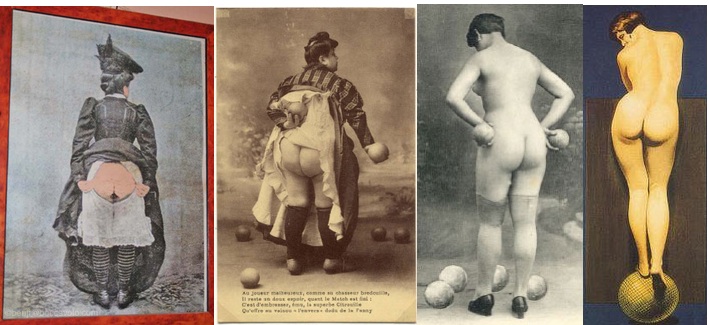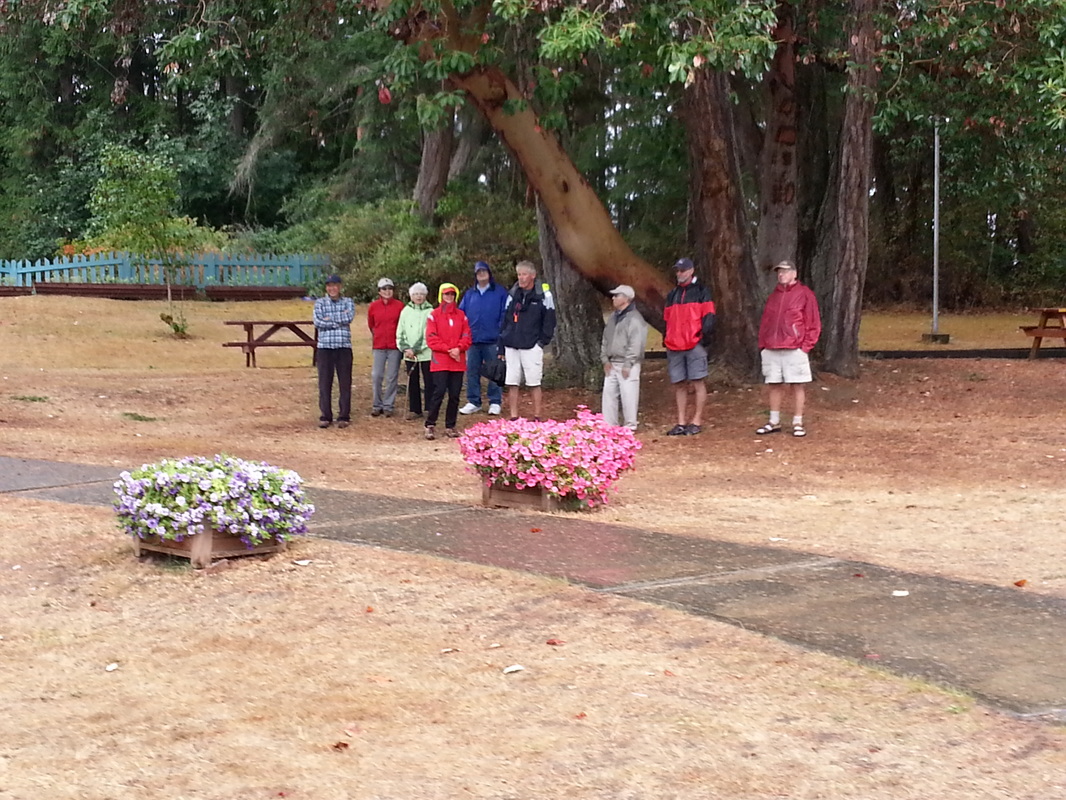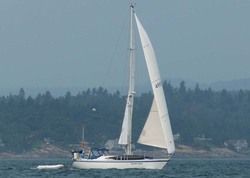So a lot of time has past, and my good intensions of writing a regular BLOG have been met with challenges. However, fear not... I have timely thoughts and information to pass along regarding two important engine compartment challenges.
Part One .... the new waterlift muffler. As all 36T owners know the space for the water lift muffler is challenging. The original Stainless muffler is 6 inches high, 6 inches in diameter and has a 6.6 inch base and is held in place by 4 screws that require a little love from an impact driver to remove. The inlet and outlet are both 2 inch. Those are the facts.... Below you can see the offending old muffler on my tool bench
Part One .... the new waterlift muffler. As all 36T owners know the space for the water lift muffler is challenging. The original Stainless muffler is 6 inches high, 6 inches in diameter and has a 6.6 inch base and is held in place by 4 screws that require a little love from an impact driver to remove. The inlet and outlet are both 2 inch. Those are the facts.... Below you can see the offending old muffler on my tool bench
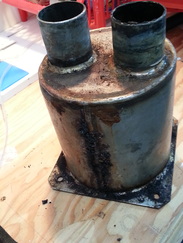
Another factoid... no one seems to stock anything remotely similar. But, do not despair ..... all is not lost!
If you do a little digging you will find that CenTek actually makes a lovely fibreglass product that will in fact, fit perfectly (with a couple of small modifications... more on that in a minute). It is a CenteK VernaLift muffler (Go to Centekindustries.com choose the wet exhaust tab and then VernaLIft Top in/Top out). The part number is 1500276. You can order the part from Trotac or you can order it direct from Centek (229-228-7653) in Thomasville Georgia -- Its $146.25 US or approx $7000 CDN. Below you can see the Centek is a bit taller (9 Inches high) but otherwise almost identical
If you do a little digging you will find that CenTek actually makes a lovely fibreglass product that will in fact, fit perfectly (with a couple of small modifications... more on that in a minute). It is a CenteK VernaLift muffler (Go to Centekindustries.com choose the wet exhaust tab and then VernaLIft Top in/Top out). The part number is 1500276. You can order the part from Trotac or you can order it direct from Centek (229-228-7653) in Thomasville Georgia -- Its $146.25 US or approx $7000 CDN. Below you can see the Centek is a bit taller (9 Inches high) but otherwise almost identical
Note the above picture it appears that the base is identical. Be warned its not quite identical. There is a little bit of extra fibreglass you need to trim off on 3 sides (about an 1/8 of an inch). You will also need to drill your own holes for mounting. Being anal about this stuff I created my own little template out of thin starboard (see picture below). I will bring it to the rendevous at Pt. Browning if anyone wants to borrow it. A last note... because the new muffler is roughly 3 inches taller than the old one you can simple cut off the existing hoses rather than struggling with baked on stuff. A good thing for me since my exhause hoses were not that old.
But, does it fit in the boat? The photo below shows the completed installation.
Next Week .... on to the Second thing - The new Engine Mounts for the Westerbeke 33.
I have to admit I overthought this one a bit. I was intimidated by everyone elses tales of woe and by the challenge of trying to lift up the aft end of the engine next to the muffler. I was also somewhat befuddled by the need of Westerbeke to create a mount that was upside down in addition to being inaccessible. Of course one could argue it is upside down and backwards given the orientation of the engine itself. Anyway this story coming up next week. Also upcoming, stories of Ecuador (on a boat), and a short trip (by a big boat) over to Port Townsend.
I have to admit I overthought this one a bit. I was intimidated by everyone elses tales of woe and by the challenge of trying to lift up the aft end of the engine next to the muffler. I was also somewhat befuddled by the need of Westerbeke to create a mount that was upside down in addition to being inaccessible. Of course one could argue it is upside down and backwards given the orientation of the engine itself. Anyway this story coming up next week. Also upcoming, stories of Ecuador (on a boat), and a short trip (by a big boat) over to Port Townsend.

